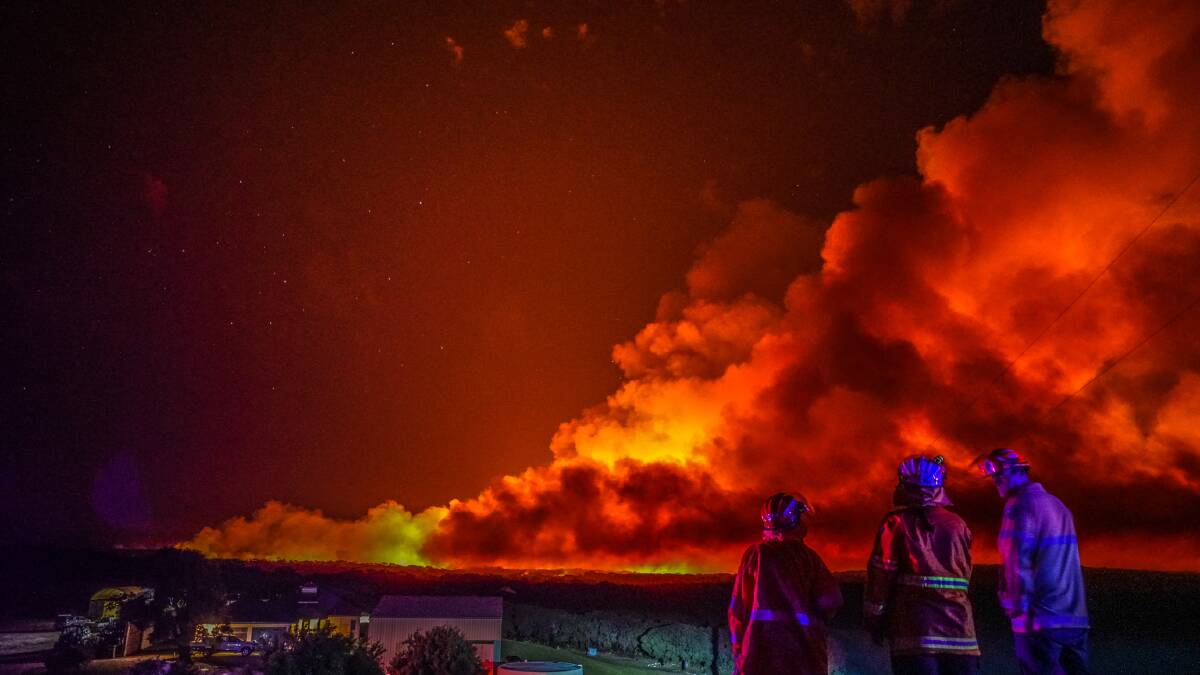
In Shepparton in northern Victoria, they shovelled sand into bags to hold back floodwaters.
Subscribe now for unlimited access.
or signup to continue reading
In Lismore in northern NSW, they risked their lives to rescue neighbours trapped in their homes.
In Margaret River in southern WA, they rolled out spare mattresses for stranded families.
As disasters become more frequent and intense across Australia, local residents are becoming accidental volunteers in the emergency response to climate change.
"If you go back into the history of what were the bushfire brigades, they were all developed to protect the local assets," former ACT Emergency Services commissioner Peter Dunn said.
"They might have been volunteers but they had two things really going for them: one is a commitment - because they're protecting their own property and their townsfolk - and two, they had local knowledge."
Mr Dunn, an inaugural member of Emergency Leaders for Climate Action, said decentralising emergency services is vital to managing future disasters.
The large equipment centrally controlled and deployed from Sydney or Melbourne or Perth is the opposite of what's needed, he told ACM.
Local, better-resourced hubs, combined with a community trained to respond, is the best hope for the future.
"Given the widespread nature of these climate disasters that we're all seeing, community-led response and recovery has got to be part of the equation," Mr Dunn said.
"They need to be given the tools of the trade, such as a community fire unit or rural community fire units, and they need to be given basic training."
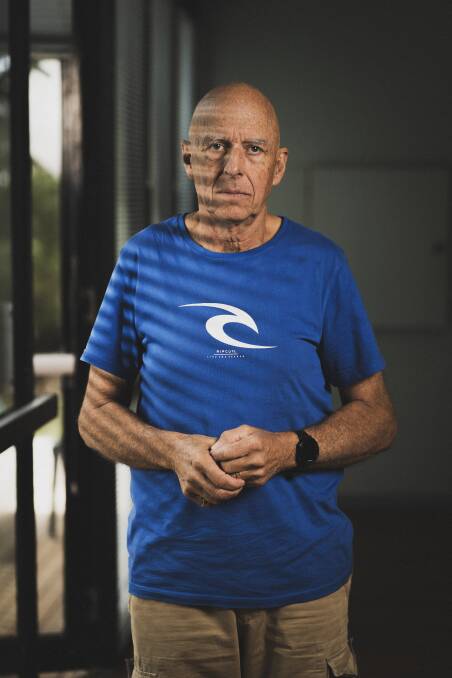
'We tried to hand over to the ADF'
Kate Coxall helped rescue a family living in bathtubs under tarpaulins as lead coordinator of a civilian critical response unit when floodwater inundated Lismore in northern NSW.
"It took us four days to get to them," she said.
"We tried to hand over to the [Australian Defence Force], and Fire and Rescue, but it was hand-balled back to us, twice."
By 2030, one in 25 properties across Australia will be at 'high risk' of damage from extreme weather and climate change, leaving them uninsurable, according to Climate Council data.
The NSW flood inquiry, set up in the wake of widespread flooding on the state's east coast in February and March 2022, revealed emergency services like the State Emergency Service (SES) and Fire and Rescue NSW were underfunded and ill prepared for the disaster.
The inquiry heard the SES "became overwhelmed in every aspect of its response", forcing the weight of rescues to fall on the community's shoulders.
Months later - when relentless rain drenched Australia's eastern states again, sparking major flooding across central Victoria, inland NSW and northern Tasmania - residents and experts are still waiting to see change.
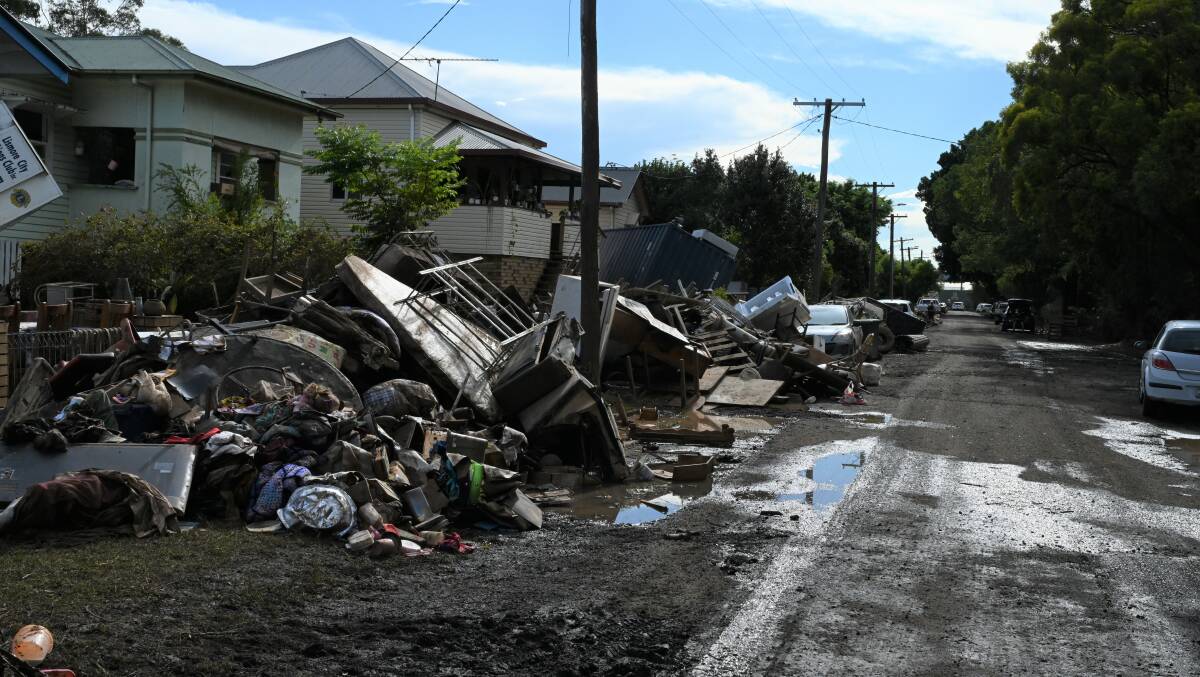
More significant rain is slated for the country as Australia faces another La Nina year.
Friends in need
Nearly 1,400 houses across the Lismore council area sustained major flood damage and at least 37 were destroyed completely in early 2022.
In March the SES declared more than 2,000 of Lismore's buildings uninhabitable.
Ms Coxall spent weeks rescuing fellow Northern Rivers residents.
"We did it day after day, rescuing people, rescuing animals, people's pets, taking life-saving medication in, and doing welfare checks," she said.
When the disaster response failed, Ms Coxall said, the community had to step up - and pay the price.
For three weeks she left her eight-year-old daughter, Stella, with friends and family while she helped the community.
Their home and most of their belongings had already been lost in the floods.
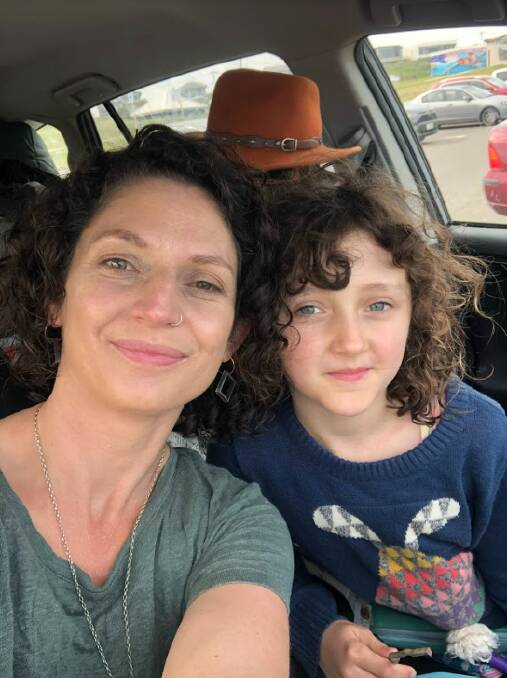
"My daughter lost most of her animals; she didn't know what was going on," she said.
Ms Coxall wants fully resourced regional command centres, rather than state-based centres, for emergency services.
Look to the west
In Western Australia, the Margaret River region stands as a testament to the strength of a local community equipped with the knowledge, resources and planning to battle disasters at the door.
Margaret River faced catastrophic bushfires in 2011 that destroyed 39 homes and destroyed thousands of hectares of forest.
A decade later, when fires hit again, the emergency response looked very different.
With emergency centres three hours drive from in Perth, and limited infrastructure and mobile towers, the community made their own disaster plans, local journalist for the Augusta-Margaret River Mail Nicolette Lefebvre said.
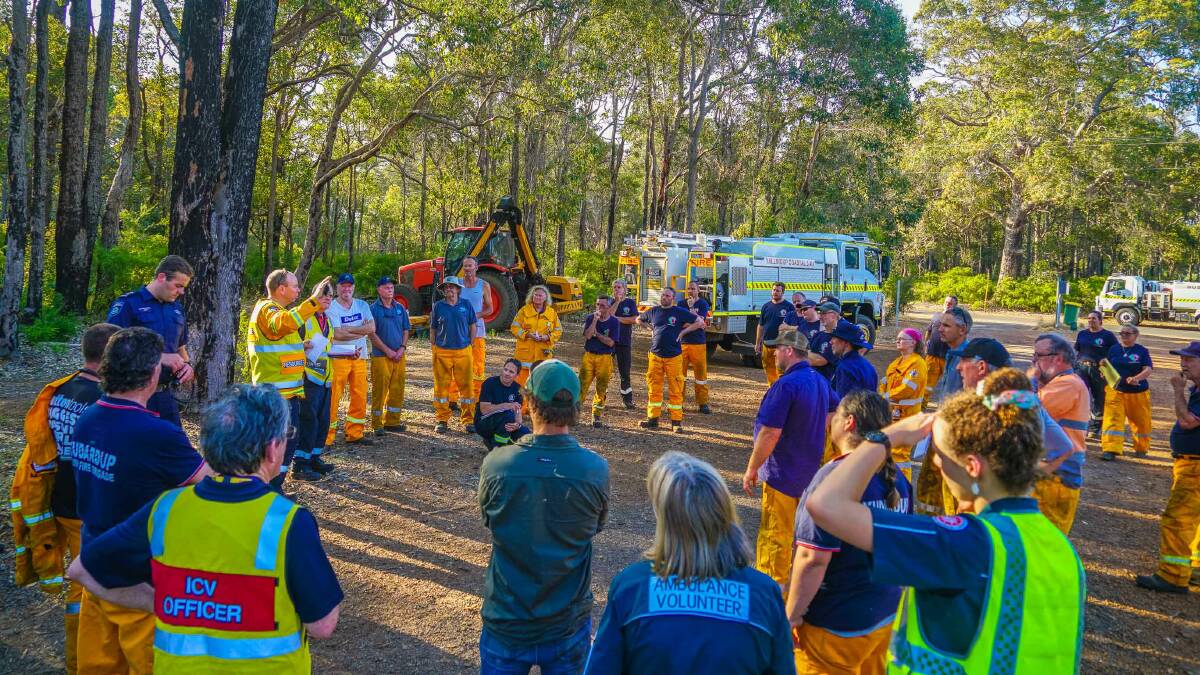
"We listen out for sirens and we're equipped with mobile apps to track emergency broadcasts, rescue choppers, extreme weather, and road closures," she said.
"We volunteer for the State Emergency Service, the fire brigades, the ambulance service, and the marine rescue."
Even kids get involved, taking part in rescue and emergency training at school.
When bushfire threatened the town again in 2021, desperation and panic had been replaced with the quiet resolve of a community prepared.
"In 2021 those emergency town hall meetings were much quieter. Many felt they had the information they needed or tuned in via a live stream," Ms Lefebvre said.
Now the Margaret River region is heralded as a case study in the strength of community disaster response.
'What about my child's future?'
The NSW government has announced funding to better equip state emergency services, including $132 million to the SES in part for a new incident control centre in Lismore.
It also committed $315.2 million over the next four years to complete the recommendations of the NSW Bushfire Inquiry.
Hazard reduction works, fire trail maintenance and new vehicles for the Rural Fire Service have also been funded.
The SES said it had enhanced disaster response since Lismore's flooding, including deploying resources ahead of final forecasts from the Bureau of Meteorology, arranging earlier briefings, and increasing community engagement.
It has doubled its call-taking capacity and trained extra incident management personnel, an SES spokesperson told ACM.
But without stronger climate policies from all levels of Australian government the money means little, Ms Coxall said.
"What about my child's future?" she said.
"We've had seven moves in six months. Why are we paying the price for them to ignore the reality?"
Rosie's story

I moved to the Gold Coast from Sydney during the Christmas of 2010. I was 11 and it rained that whole summer.
I didn't realise the enormity of the flooding event that was taking place just an hour north in Brisbane and the dozens of lives that were lost. All I knew was I'd moved to a place known for its beautiful, sunny days - and all I saw was rain.
In January this year I moved to Wollongong to start my first job as a journalist. It rained for the first three months and everyone I spoke to reassured me that the summers here "aren't usually like this".
Talking to people for this series, I realised what's considered "normal" no longer matters. Australia keeps breaking its own weather records. Weather events that are unusual or unprecedented seem to happen every month.
As a young person, I'm part of a generation inheriting a world that's fracturing as it warms. Climate change is threatening my generation's future. But the number of amazing, talented people working on innovative solutions is cause for hope.
In every region of our disaster country there's people fighting for the future.
You can read the full Young and Regional: Our Climate Future series here.


